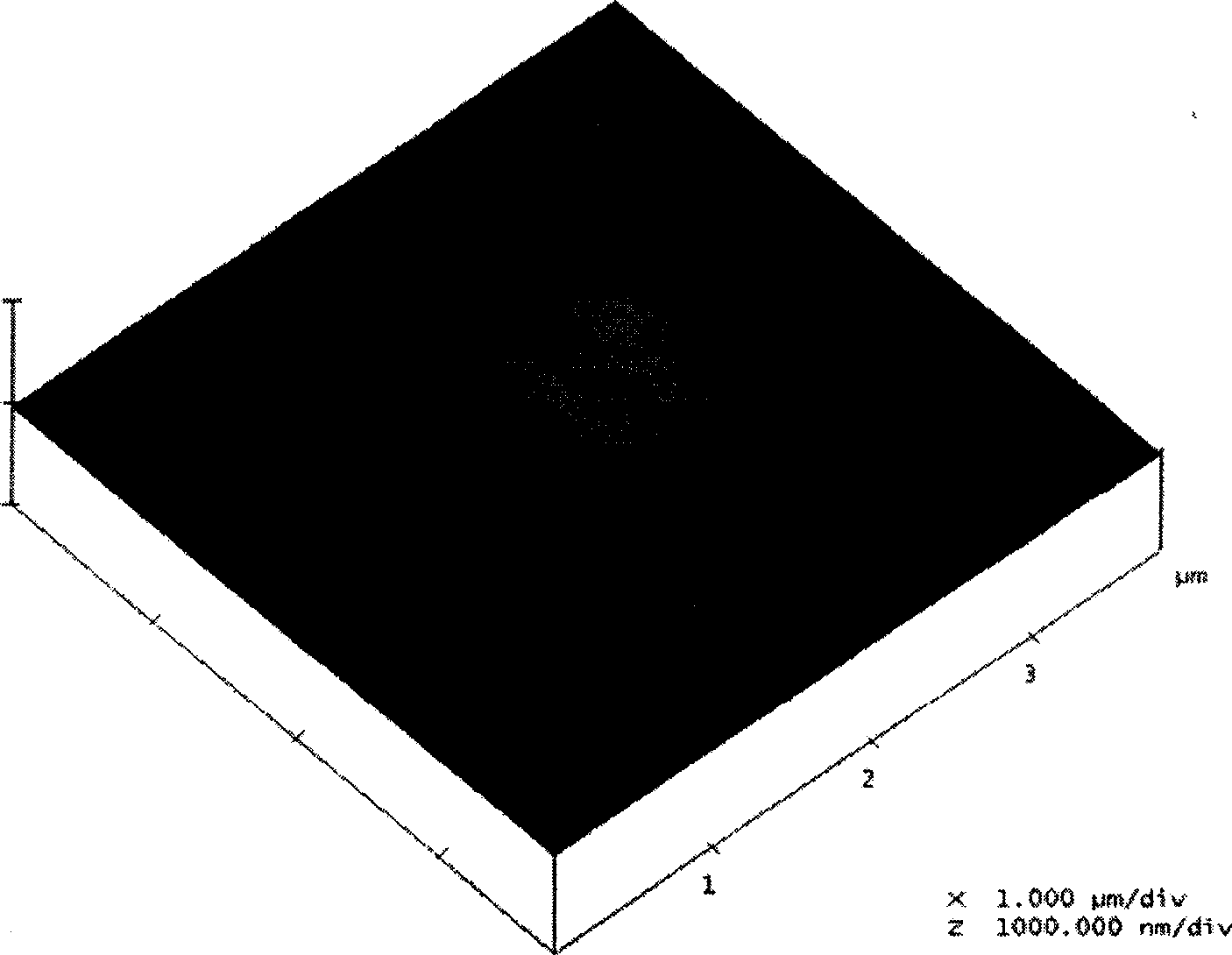Bacteria capable of removing organic matter and ammonia nitrogen in micro-polluted water source water under low temperature and aerobic condition, and screening and taming method
A water source water and micro-pollution technology, applied in the direction of microorganism-based methods, biochemical equipment and methods, chemical instruments and methods, etc., can solve the problems of environmental secondary pollution, unsuitable treatment, accumulation of nitrite and nitrate, etc.
- Summary
- Abstract
- Description
- Claims
- Application Information
AI Technical Summary
Problems solved by technology
Method used
Image
Examples
specific Embodiment approach 1
[0011] Specific Embodiment 1: In this embodiment, the bacteria SRA10 that can simultaneously remove organic matter and ammonia nitrogen in micro-polluted water source water under low temperature and aerobic conditions is Acinetobacter lwoffii, which belongs to the genus Acinetobacter (Acinetobacter), and has been established in China as a microbial bacterium Preserved by the General Microorganism Center of Species Preservation Management Committee, the preservation number is CGMCC No.2889, and the preservation date is January 19, 2009; the bacteria that can simultaneously remove organic matter and ammonia nitrogen in slightly polluted source water under low temperature and aerobic conditions are Gram-negative Aerobic bacteria, spherical or short rod-shaped, 1.5 μm to 2.5 μm in length and 1.0 μm to 1.5 μm in width, without spores and flagella, and twitching; form milky white colonies on beef extract peptone medium, and the colonies are round , the surface of the colony is raised...
specific Embodiment approach 2
[0013] Specific embodiment two: this embodiment is different from specific embodiment two in that it can simultaneously remove organic matter and ammonia nitrogen bacteria in slightly polluted water source water under low temperature and aerobic conditions, the contact enzyme is positive, and the oxidase is negative; the methyl red test is negative, no Produces acetylmethylmethanol; does not produce H 2 S, does not hydrolyze starch, does not liquefy gelatin; produces indole; the growth pH is 6-8, and the growth temperature is 2-30°C. Others are the same as in the second embodiment.
specific Embodiment approach 3
[0014]Specific implementation method three: this embodiment can simultaneously remove organic matter and ammonia nitrogen bacteria in slightly polluted water source water under low temperature and aerobic conditions. The enrichment solution was obtained after enrichment and cultivation under 170r / min aerobic conditions for 48 hours, and the enrichment solution was serially diluted and spread on LB solid medium, separated and cultured for 48 hours under the condition of 28-32°C, and then picked different characteristics. The single colonies were inoculated on LB solid medium for purification and culture for 24 hours; 2. The purified strains were inoculated in LB liquid medium and cultured for 24 hours at 28-32°C to obtain bacterial liquid; 3. Take Inoculate 1ml of the bacterial liquid into the screening medium, and cultivate it at 28-32°C for 48 hours; 4. Take 1ml of the bacterial liquid of the surviving strains and transfer it to a fresh screening medium, and cultivate it at 28...
PUM
 Login to View More
Login to View More Abstract
Description
Claims
Application Information
 Login to View More
Login to View More - R&D
- Intellectual Property
- Life Sciences
- Materials
- Tech Scout
- Unparalleled Data Quality
- Higher Quality Content
- 60% Fewer Hallucinations
Browse by: Latest US Patents, China's latest patents, Technical Efficacy Thesaurus, Application Domain, Technology Topic, Popular Technical Reports.
© 2025 PatSnap. All rights reserved.Legal|Privacy policy|Modern Slavery Act Transparency Statement|Sitemap|About US| Contact US: help@patsnap.com

